Euphorbia obese: description and rules of care
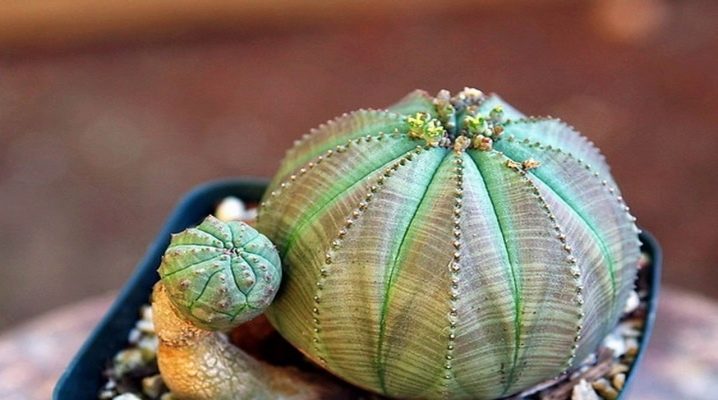
Among florists and florists, spurge has gained popularity not so long ago. It has many types and varieties, one of the most interesting and famous is the fat spurge. The botanical name for this species is Euphorbia obesa.
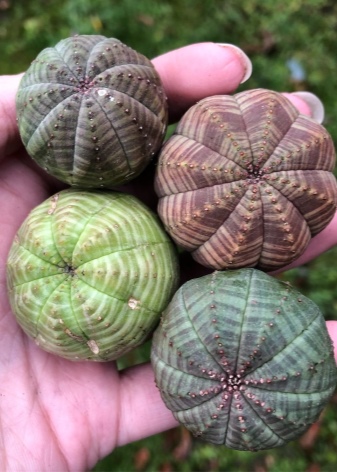
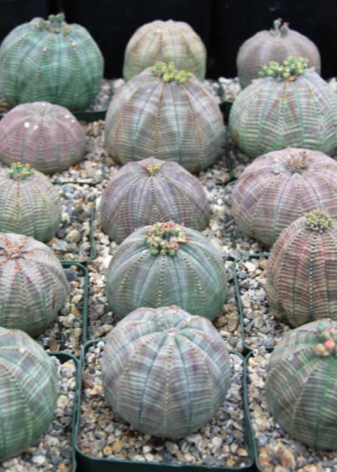
Appearance
The plant resembles a cactus, belongs to succulents. It looks extraordinary because of the overgrown stem that resembles a ball. It can be mistaken for a small stone or an unusual colored soccer ball. Due to the fact that milkweed obese leaves are very small, and thorns are also absent, several spherical stems can form as additional adaptations for existence.
The plant grows in height up to a maximum of 0.3 meters. It can be up to 5 centimeters wide. The youngest specimens look almost like a regular sphere, but over time they become more and more elongated and approach a cone or a cylinder in shape.
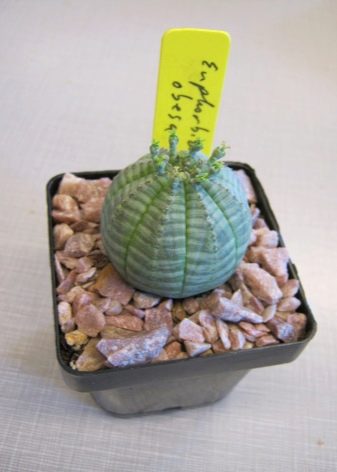
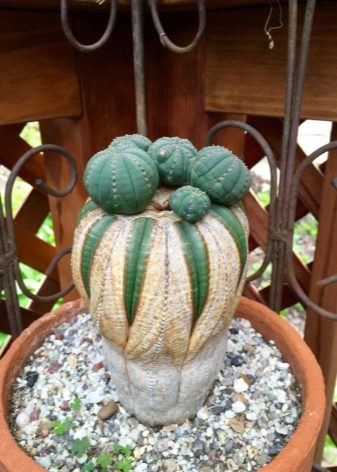
Obese spurge is not rich in color. The most picturesque can be considered a steel shade, since most of the plants are painted in dark green. But scarlet or purple stripes make the succulent very decorative. The number of ribs of the plant only increases over time, and the foliage, on the contrary, quickly falls off.
Small, rarely appearing flowers (3 mm in diameter) have a pleasant scent. The process of their pollination in nature occurs through the transfer of pollen by insects.
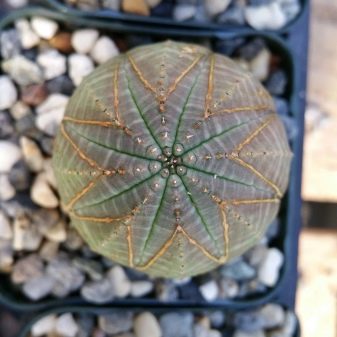
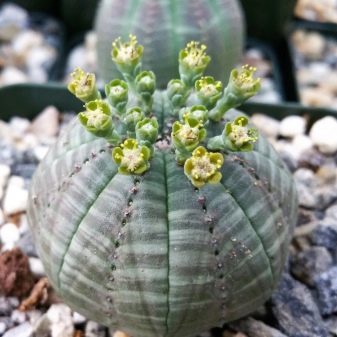
Plant features
Among florists, you can hear other names for this type of milkweed: plump, fat. Lovers of indoor plants appreciate it not only for its diminutiveness and the ability to harmoniously fit into the interior of any room. Factors thanks to which euphorbia is becoming more common:
- unusual ball shape;
- leaves are absent, which is not typical for most plants;
- does not require special attention to itself, unpretentious;
- fatty spurge is a dioecious plant;
- the flowering process rarely occurs (for some, this is a minus, but some consider this fact to be an advantage);
- loves sunlight very much, while he can calmly wait out the dry season;
- able to survive at temperatures down to -10 ° C.
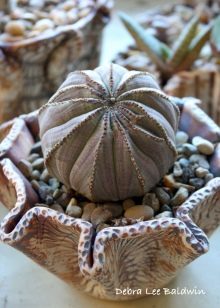
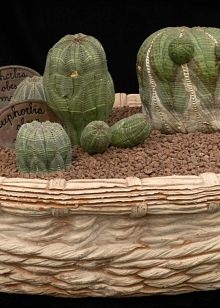
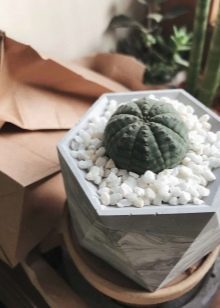
Subtleties of care
The plant does not need any special conditions for keeping. In order for plump euphorbia to grow and develop normally, several points must be taken into account.
- Despite the fact that this succulent can withstand both low and rather high temperatures, you should be careful about this factor. In warm seasons, the room temperature should not reach + 30 ° C. The most optimal mark is considered to be + 25 ° С.
- The irrigation process is an integral part of the care of any plant. Succulent stems store water for future use, so watering is not often required. In the cold season, spurge is watered once a month, and in the warm season - no more than once every two to three weeks. It is necessary to track how damp the soil is in the pot, and water only when it is completely dry.
- Although the spurge is photophilous, it is worth protecting it from direct sunlight by providing diffused light. The most successful location for a container with a flower will be the south side of the apartment. It is worth noting that the spurge is able to survive in direct sunlight, but in this case it is provided with a much larger volume of water, periodically sprayed from a spray bottle and ventilation is often organized.
- Nitrogen fertilizers should be taboo.The plant requires feeding only during the breeding phase.
- The container for the succulent does not need to be taken too deep and wide. The bottom of each pot should have small holes that allow excess water to flow out and fresh air for the roots. Good drainage is essential.
- The soil is suitable for cacti and succulent plants, available in regular flower shops.
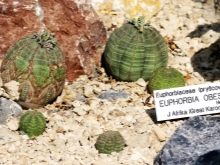

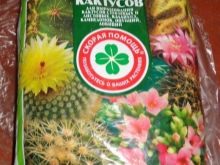
Reproduction
In obese milkweed, there is one type of reproduction - seed. Collecting seeds brings some hassle to the owners of the plant. To grow seed, you need to have two plants, from the male pollen is transferred to the female flowers. As soon as the first seed pods are formed, the spurge is covered with a net to prevent them from scattering.
Full maturation is achieved by about 10 days. The collected seeds must be sown in abundantly moistened soil mixed with sand.
A film is thrown over the container, lighting is provided. After the sprouts appear, the film is removed. The grown plants are transferred to separate pots.
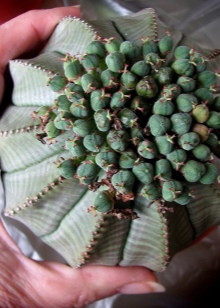
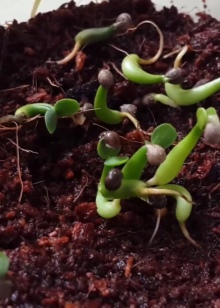

Pests and diseases
Euphorbia can be attacked by a mealybug or whitefly. To cope with them, you need to treat it with insecticides. Also, the succulent plant can be affected by mold. The reason for its appearance is non-compliance with watering rules.
Euphorbia is an unusual plant with an interesting appearance. Low maintenance balls can create an original accent in any interior.
For how to do it yourself, see the next video.























































The comment was sent successfully.